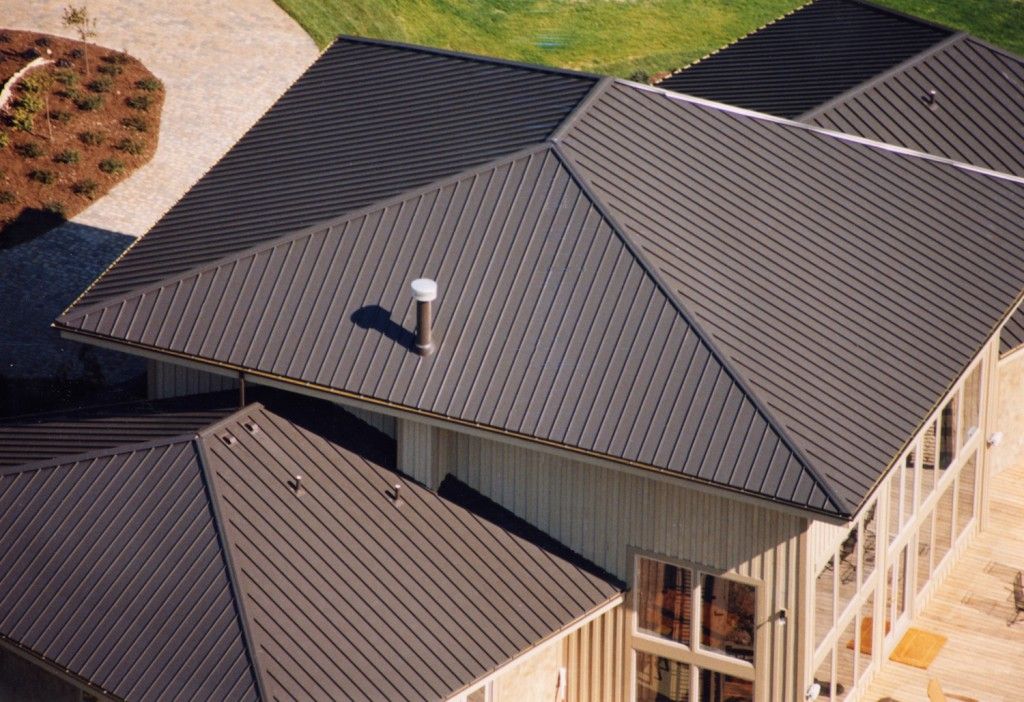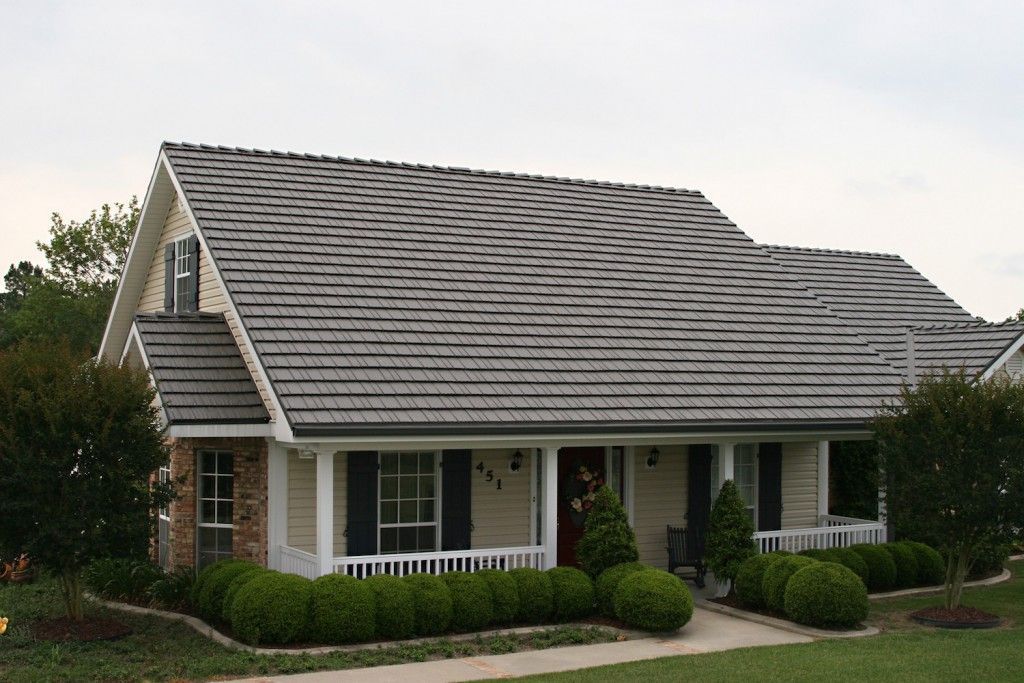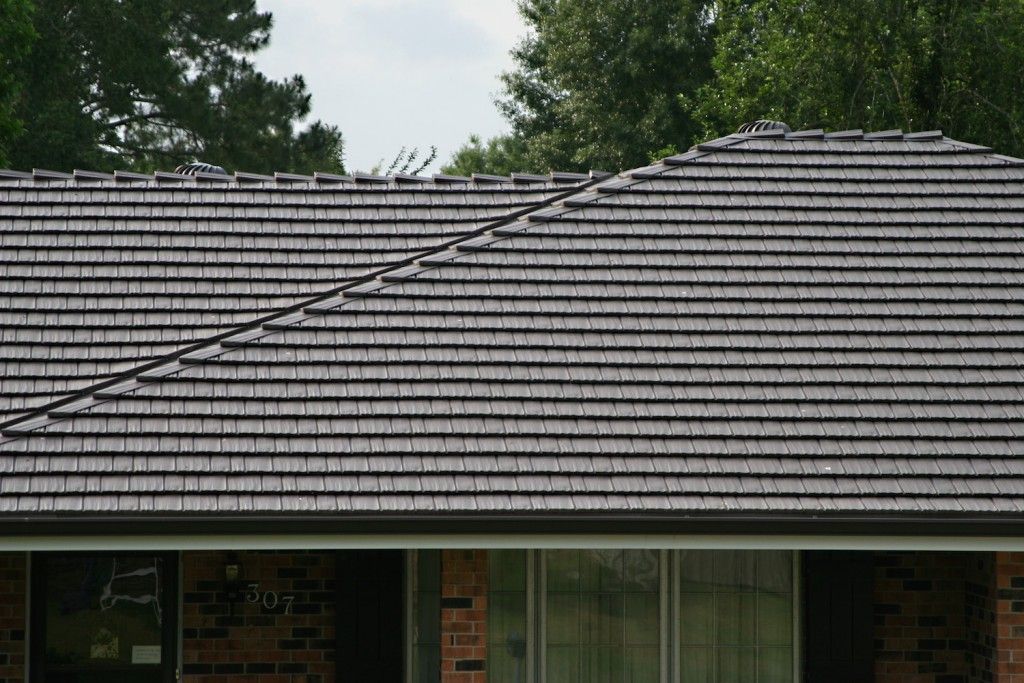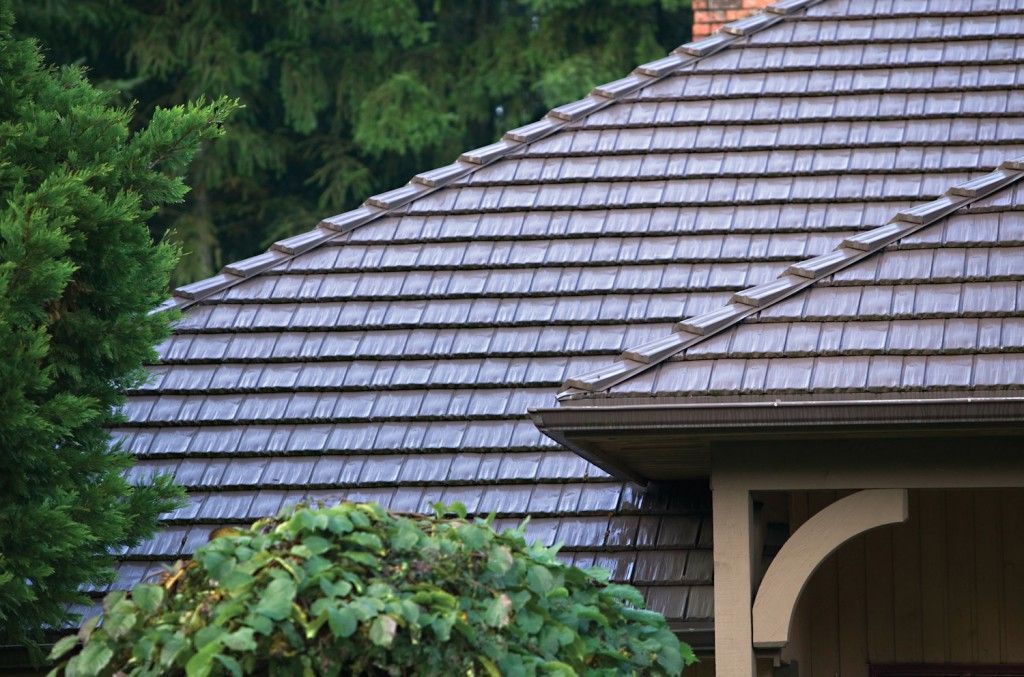The Benefits of Metal Roofing
There has been a significant increase in the popularity of metal roofs. This is due to significant benefits with metal roofing.
Longevity
The average lifespan of an asphalt shingle roof and other types of roofing may be 20 years. Metal roofs can last 40 to 70 years.
Beautiful Style
Metal roofs are very attractive. A wide variety of types, styles and colors are available. The architectural statement can be very bold.
Durability
Some metal roofs are able to sustain winds of up to 140-miles-per-hour. Metal roofs should not crack or corrode, and some are impact-resistant. As noted above, the life of a metal roof can be as long as 70 years.
Safety
Metal roofs will not burn. These roofs can also protect your home against high winds, hail and extreme temperatures.
Energy Efficiency
A metal roof will keep your home cooler. The Metal Roofing Alliance reports that a metal roof can save up to 40% of annual energy costs.
High-performance coatings can be added by manufacturers to prolong the life of the roofing material. Coatings may also be used to improve solar reflectance and reduce energy consumption. Highly reflective colors and the use of special infrared reflective pigments can further reduce energy consumption.
Environmental Sustainability
Metal roofs are eco-friendly. Metal is recognized as the most sustainable and environmentally-friendly material for roofing. In some cases, a metal roof can be installed over an existing roof, and this eliminates the environmental impact of disposing of the old roofing waste.
Metal roofs are 100-percent recyclable at the end of their life. In comparison, most asphalt shingle roofs end up as part of the 20 billion pounds of building-related waste generated annually.
Cost
Metal roofing costs more than many other forms of roofing. However, the real cost of a metal roof should be calculated based on the lifespan of the roof and lower utility bills. Metal roofs may qualify for state and federal initiatives and an Energy Star tax credit.









